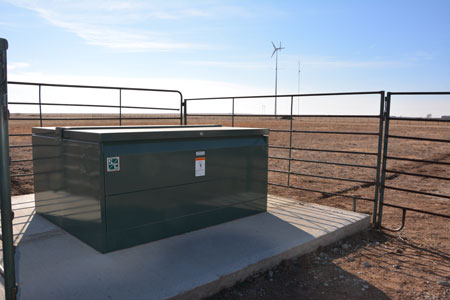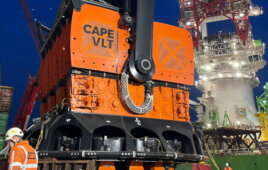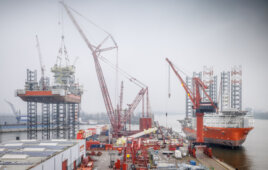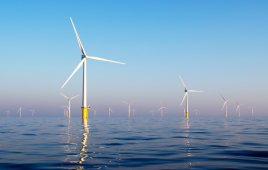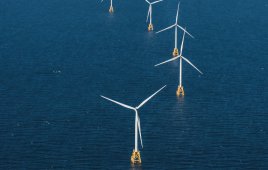Switchgear controls high power electric power circuits. Its work encompasses switching and protecting individual wind turbines on a wind farm against abnormal conditions. Gas-insulated medium-voltage switchgear is most common in the wind industry.
“Switchgear isolates strings of turbines in the collection system so that they may meet local inspection requirements and allow isolating a segment for maintenance,” said David Veach, Application Director of Renewable Energy and Energy Storage at S&C Electric Company. “It is also used to isolate a single turbine, so other turbines in a string can continue generating power.”
When selecting and installing switchgear, factors to keep in mind are the predicted amount of generated power, the voltage rating, and short-circuit interrupting capacity, said Samy Faried, Regional BD Manager and Field Application Engineer at ABB. Other characteristics to consider are continuous rating of the switchgear, control and protection systems, and enclosure design. “The selection of switchgear is also affected by the type of wind turbine used,” he added.
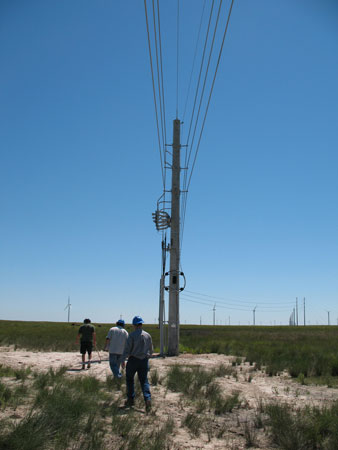
Photo: S&C Electric Company
Size is another important factor, especially in regards to maintenance, according to Veach. “The ability to move the switchgear in and out of the door at the base are important maintenance considerations,” he said. “To deal with harsh environments and animal intrusion, a sealed design is critical for turbine and collector-system switchgear.”
It’s also important to consider where the switchgear will operate. A lack of available space will affect the selection and transportation of equipment. Switchgear that operates on its side may be positioned along the inside wall of a turbine tower, allowing for more space for maintenance personnel and equipment. Another helpful maintenance consideration lets wind farm operators remotely access the switchgear to download fault-event data.
The variability of wind direction and strength creates voltage-stability problems for the grid, said Faried. VAR compensation systems and regular grid interconnection requirements may dictate the kind of equipment and frequency of maintenance.
“Safety features are also important to consider when selecting switchgear. A few features include visible gap, integral grounding capability, and arc-resistance,” Veach added.
Offshore wind environments present a different set of challenges for switchgear. Civil and structural work is at risk for major delays, cost overruns, and working difficulties because of exposed weather conditions at offshore sites, said Faried.
When installed at offshore locations, switchgear must operate in difficult conditions and corrosive environments. The difficult nature of accessing and servicing equipment at these sites creates a greater need for reliable switchgear.
“Downloading fault-event data from remote turbine switchgear is more important in offshore projects because of limited physical access,” said Veach.
Filed Under: News, O&M

